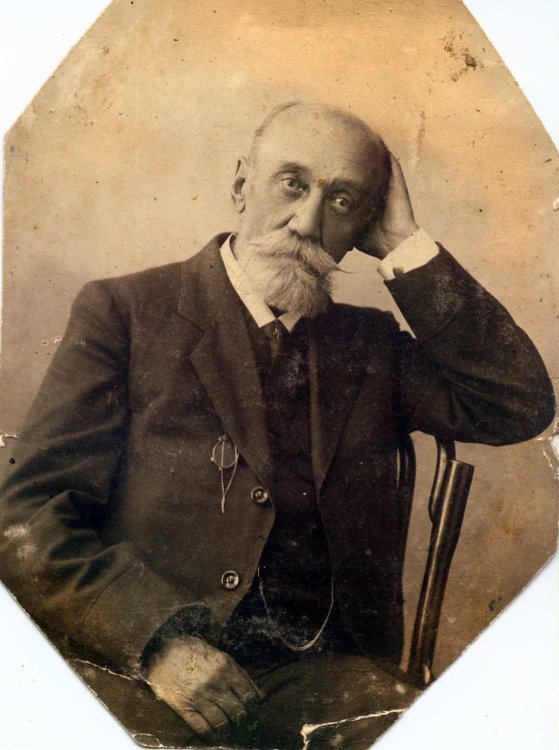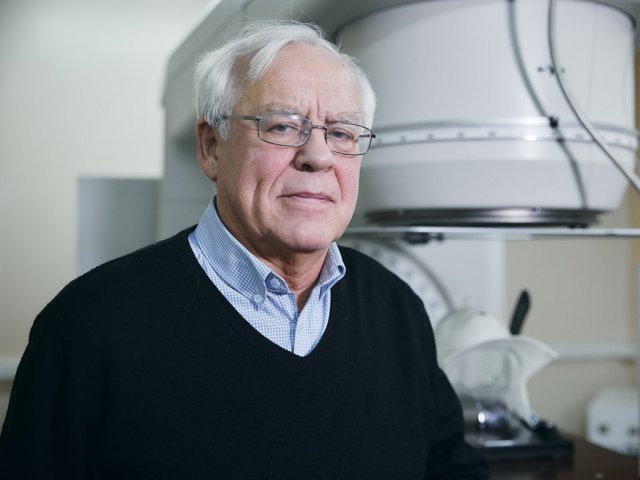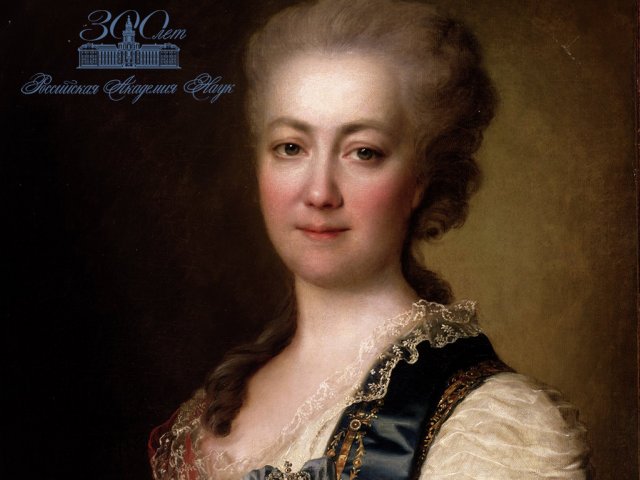Official:
Pyotr Nikolayevich Gorlov. May 11, 1839 – November 20, 1915. Russian geology engineer, public figure. The city of Horlivka is named after him.
Life and Work:
1. In 1932, it was planned to make the city of Horlivka the administrative center of the Donbas, but the person responsible for this issue, Lazar Kaganovich, was shoked by impassable mud near the Kochegarka mine and made a different decision. The town of Horlivka, which became a city in 1916, was named after the mining engineer Pyotr Gorlov during his lifetime for his great engineering achievements.
2. The man who gave his name to the city was born thousands of kilometers away from the coal deposit he discovered – in Irkutsk.
3. Pyotr Nikolayevich’s father, an active state councilor and chairman of the Irkutsk provincial government, was a free thinker, who was friends with the reformer Speransky and the Decembrist Batenkov. His superiors’ patience ran out when Gorlov Sr. eased the regime for Decembrists at his own initiative. After leaving service, Gorlov opened a wool yarn factory in Izmailovo near Moscow.
4. It was at his father’s factory when little Pyotr saw complex machines for the first time. And he got stuck to such machines forever.
5. Pyotr Gorlov’s name is inscribed on the Gold Plaque of the St. Petersburg Institute of the Corps of Mining Engineers – like the names of all those who graduated from this foundry of Russian engineers with a gold medal.
6. The brilliant graduate got a job in the Russian Society of Shipping and Trade, where Gorlov actively started to learn mining in practice.
7. Then Gorlov’s career turned a somersault: he was introduced to the “Russian Vanderbilt” – the industrialist and financier Samuel Polyakov. He hired Gorlov to manage the construction of the first railway line in the Donbas.
8. Before the construction was initiated, geological exploration was carried out. As a result, a huge coal deposit was discovered on the bank of the Korsun River next to the planned railway route. Later, in his book The History of the Mining Industry in the Donetsk Ridge and Near Kerch in 1696 -1859, Pyotr Gorlov wrote that he had studied a book by the French mining specialist Le Pleu: “The map included with the book showed the outcroppings and boundaries of the south-eastern part... It led me to the place where Horlivka is situated...”
9. The railway was built in record time. It opened the way for the coal of the Donbas to Russian and European markets. Pyotr Nikolaevich proposed to build a metallurgical plant and a dedicated coal mine in the Donbas.
10. Gorlov personally went to Belgium to order equipment for the mine, which was designated Korsun Mine No. 1. At this mine, roof coal mining with govae packing was ised for the first time, which made it possible to begin the industrial mining of steep deposits. This technique is widely used even today.
11. A workers’ town grew around Korsun Mine No.1 – eventually, it was named Horlivka. And the mine was renamed Kochegarka during the Soviet era.
12. As soon as in 1879, one thousand miners were mining 5,000,000 poods of coal in Horlivka. A year earlier, at Gorlov’s suggestion, the first technical educational institution was opened in the Donbas – the Mining School.
13. Gorlov lovingly arranged the city that would bear its name: Pyotr Nikolayevich participated in the construction of the people’s library, hospital, schools, and churches.
14. For his achievements in developing the coal industry and for other activities related to the city development, Gorlov was promoted to the rank of state councilor and awarded the Order of St. Anna, 2nd class.
15. In 1883, at the request of friends, Pyotr Nikolayevich signed a bill for a large sum to replace the pump at the Korsun Mine, and this almost ruined Gorlov financially. After paying off the bill, Gorlov and his family moved to Kharkiv.
16. Pyotr Nikolayevich Gorlov contributed a lot to the decoration of Kharkiv: the building of the city exchange, the water supply system and the horse-drawn railway were built there based on his projects.
17. Until a very old age, Gorlov worked in various fields from the Caucasus and Vladivostok, where he developed and discovered deposits, to Central Asia, where he solved water problems.
18. Without breaking away from practical activities, Pyotr Nikolayevich wrote and published a number of works devoted to coal industry issues. In his work Peterburg Nevy yeshchyo ne znayet [St. Petersburg Does Not Know the Neva Yet], he solved the problem of supplying drinking water to the residents of St. Petersburg.
19. Pyotr Nikolayevich Gorlov and the daughter of a French citizen, Sophia Petrovna Miller, had seven children. Four of them became actors, and the middle son, Pyotr, is known as one of the founders of Leningrad Youth Theatre.
20. Apart from the city, two mountain passes and a ridge in the eastern part of the Central Tien Shan are named after the remarkable Russian engineer.






















